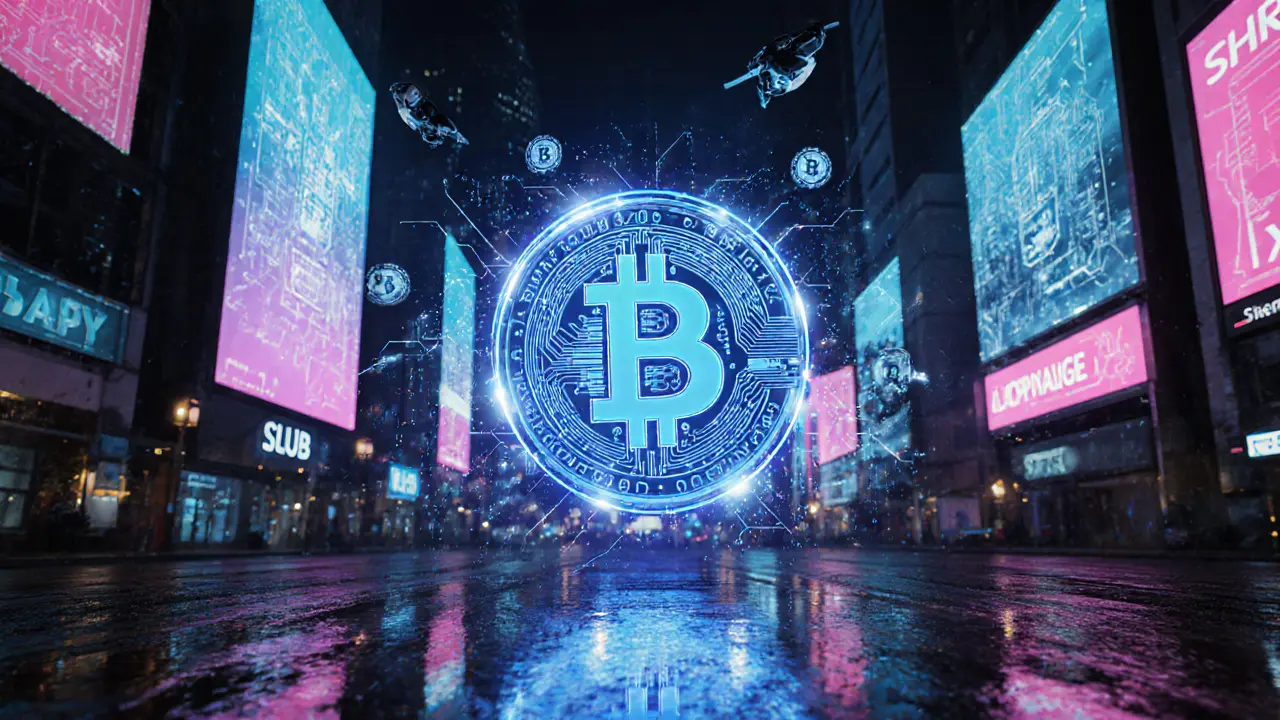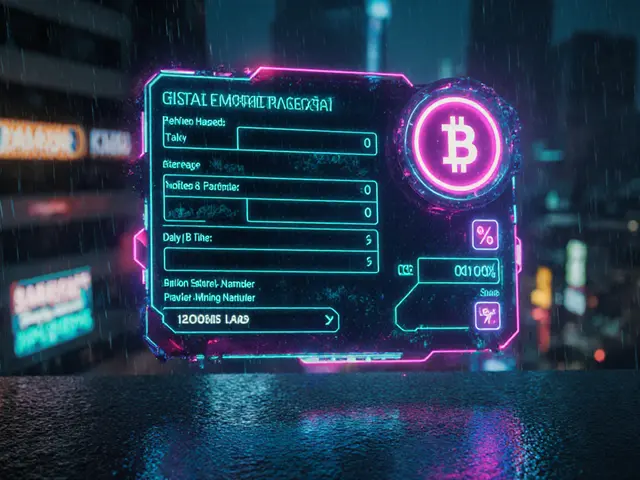
blockchain insights and guides
When working with blockchain, a distributed ledger that records transactions across many computers. Also known as decentralized ledger, it powers everything from digital money to supply‑chain apps. One hot area is self‑sovereign identity, a method that lets users own and control their digital IDs using blockchain. It’s also called SSI. To keep this ledger fast, developers rely on layer‑2 scaling solutions, protocols that process transactions off‑chain and settle them back on the main chain. Meanwhile, crypto compliance, rules that require identities, reporting, and anti‑money‑laundering checks for blockchain activities, is shaping how projects launch. Finally, crypto airdrops, free token distributions that use blockchain addresses to reach users, drive community growth.
Self‑sovereign identity shows why blockchain is more than a money system. By anchoring a Decentralized Identifier (DID) on a public ledger, users can prove who they are without a central authority. Real‑world pilots in travel, health and education let you present a verified credential with just a QR code, cutting paperwork and fraud. The key benefit is data ownership – you decide when and where to share your info. Projects like the SSI guide on our site walk you through setting up a DID, issuing verifiable credentials and integrating them into existing apps.
Speed is the biggest pain point for anyone sending crypto or minting NFTs. Layer‑2 solutions such as zk‑rollups, optimistic rollups and sidechains pack hundreds of transactions into a single batch, then post a proof back to the main chain. Immutable X, for example, uses a zk‑rollup to make Ethereum gaming cheap and carbon‑free. Our Immutable X deep‑dive breaks down the tech, tokenomics and how you can buy or stake IMX. Understanding these scaling tricks helps you avoid sky‑high fees when the network gets busy.
When the blockchain gets congested, the mempool decides whose transaction lands first. Miners (or validators) look at the fee you attach – higher fees earn priority. But there’s more to it: transaction size, age and the specific fee market algorithm all play a role. Our mempool priority guide shows you how to set the right gas price, when to use “max‑priority‑fee” and tricks to speed up transfers without overpaying.
Regulators aren’t waiting for the tech to settle. The EU’s zero‑threshold Travel Rule now requires every crypto transfer to be reported, no matter how small. Similar rules are popping up in Australia, Singapore and Indonesia, each with its own licensing and reporting quirks. Knowing the compliance landscape helps you choose the right exchange, avoid fines and keep your portfolio safe. Our compliance articles walk you through the EU rule, Australia’s consumer protection reforms and Indonesia’s commodity‑to‑digital‑asset shift.
Airdrops are the most viral way to get new tokens into users’ wallets, but they also attract scammers. A legit airdrop will never ask for private keys, and it usually ties the giveaway to a real on‑chain action, like holding a certain token or completing a quest. We cover recent drops like the Creator Platform (CTR) airdrop, the CRDT giveaway and the ZKSwap V3 distribution, highlighting eligibility, claim steps and safety tips. Follow our checklist to separate the genuine offers from the phishing traps.
Even within the NFT world, blockchain choices matter. Decentralized marketplaces let creators keep full control and avoid censorship, but they often have higher gas fees and steeper learning curves. Centralized platforms offer instant sales and lower costs, yet they hold custody of the assets. Our NFT marketplace comparison explains the trade‑offs, reviews OpenSea vs. decentralized options, and helps you decide where to list your art.
Not all blockchains use the same consensus engine. The DAG‑based Constellation network replaces the traditional chain with a Directed Acyclic Graph, offering feeless transactions and high throughput for enterprise data streams. While Ethereum focuses on security, DAG projects chase speed and scalability. Understanding these alternatives widens your toolkit when you design a solution that needs both speed and trust.
Regulation is turning from a hurdle into a roadmap for mainstream adoption. Australia’s 2025 consumer protection framework forces platforms to obtain licences, while Singapore’s MAS licensing tiers create clear pathways for innovators. By staying on top of these rules, you can launch projects that comply from day one and avoid costly retrofits. Our regional guides distill the legal jargon into actionable steps – from filing for a digital token service provider licence to implementing AML checks.
Below you’ll find a curated set of articles that dive deeper into each of these topics. Whether you’re building an SSI solution, hunting for the next airdrop, or fine‑tuning your transaction fees, the posts give you practical steps, real‑world examples and up‑to‑date data. Explore the collection and turn the concepts you just read about into concrete results.




